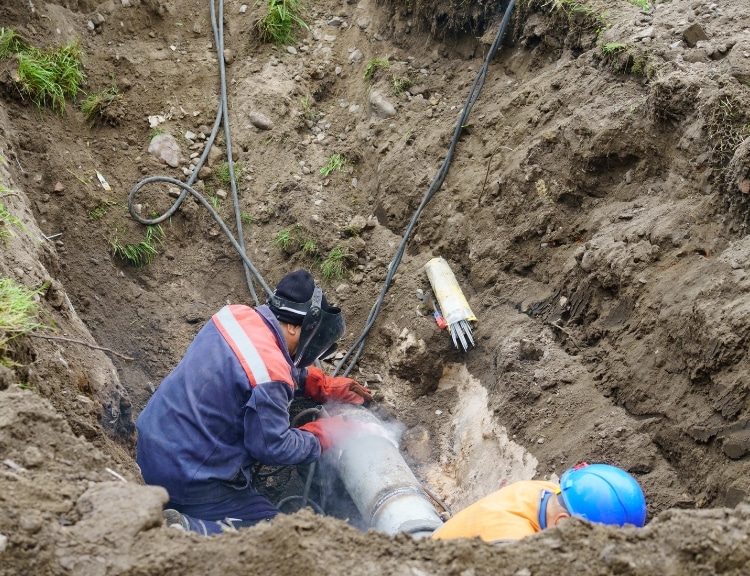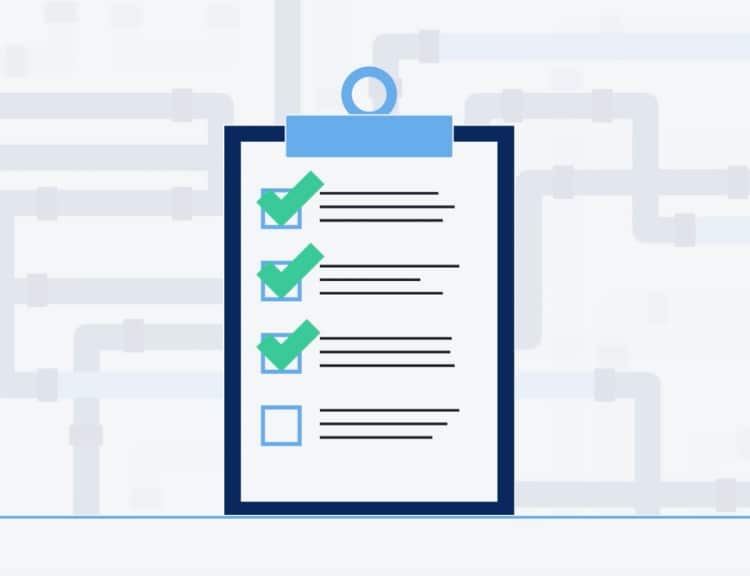Statistical prediction for lead service lines saves time, money, and protects public trust. Here’s how to talk to your team about predictive modeling for service line inventory (LSLI) and replacement (LSLR) programs.
Got 30 seconds? Start with how it is like driving a car.
Have 90 seconds? Check out the new video explainer at the top of our Platform page.
If you can take a few minutes, share Kristy McGrath and Jared Webb‘s discussion on how predictive modeling improves LSLR.
AI-powered data science visualization tools have proven quite successful at improving the sensitivity of lead service line removal efforts.
Importantly, AI-guided environmental data science hasn’t simply proven itself to be more precise and more sensitive; it’s also significantly less expensive and much faster.
To learn more about how BlueConduit uses predictive modeling and machine learning to excavate lead read about BlueConduit’s machine-learning approach.
Yes! Predictive modeling is included in the EPA Service Line Inventory Guidance (the full Guidance PDF can be found on the EPA’s LCRR page).






